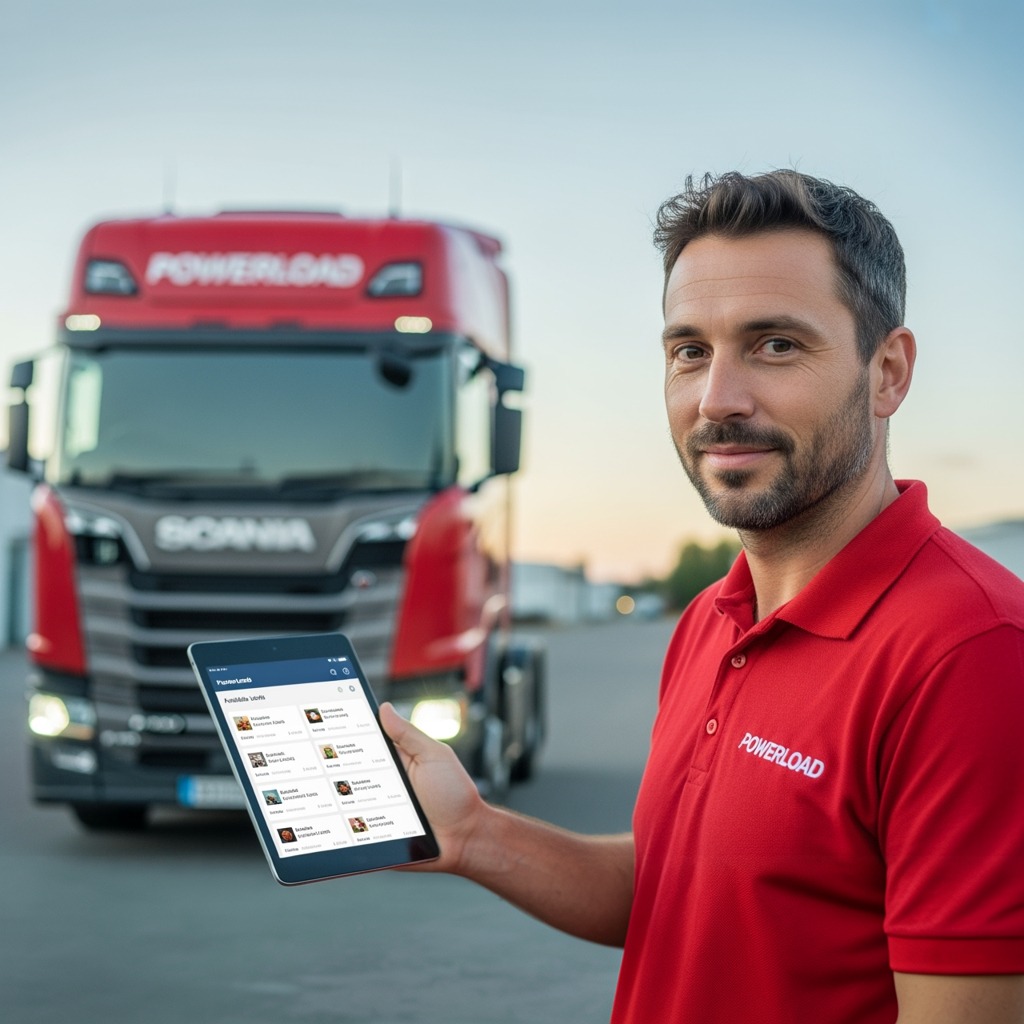The rapid rise of e-commerce is usually associated with the immediacy of the last mile, and the digital revolution, creating the illusion that the world of logistics begins and ends in a department store in the city. However, this view forgets a fundamental truth of the global economy: the production is geographically dispersed.
Consumers are demanding products from all over the planet, from mobile designed in California and manufactured in Asia to avocados grown in Peru, and it is in this gap between the production of globalised consumption and hyper-where the cargo pockets and the long-distance transport not only persist, but are revealed as absolutely essential. Far from being displaced, their function has been enhanced.
Contrary to what one might expect, the e-commerce has not eliminated the need for mass transportation of goods; the reconfigured and strengthened. The constant demand to replenish million references in the stores of ‘centres of order preparation of urban demands a constant flow and efficient use of raw materials and finished goods across oceans and continents.
Load bags are the link smart that makes it economically viable to this movement, to consolidate loads from multiple suppliers and retailers in sea containers or pallets of air. This consolidation shares the high fixed costs of international transport, making the final price of a product is profitable. Without this mechanism, to supply a market in line with global products would be financially unfeasible.
While the focus of the innovation lies in the last section, the major beneficiaries of the boom of e-commerce is also found in the back room of the globalization. Ports with a higher traffic capacity of containers, shipping of transport and maritime companies charge air have been seen to increase their volume of business in a substantial way. Also, the logistics operators, global managing these complex transnational supply chains have emerged as key pieces, as well as the developers of software for transportation management (TMS) to optimize these flows, refer to authoritative voices in europe.
Of course, this new paradigm has created also clear challenges and harmed. The hold is, without a doubt, the logistics closer to the consumer and the urban distribution, pressured by the demand of delivering millions of individual packages in shorter terms, which generates congestion and sustainability issues.
Equally, the reverse logistics or returns management has become a problem operating and economic trade retailers, managing return flows of mass, individualized and expensive.
On the other hand, the traditional storage of large volumes, designed for a logistics company to company, slower, has had to reinvent itself or be outdated. Their model, based on macro-centers are far from urban centers, collides head-on with need for speed, business-to-consumer . Those who have not managed to adapt to a network connection and activity more small and strategic have seen jeopardize your business.
On the other side of the coin, the big winners in the field of storage are the new models who has sued the e-commerce: the services of warehouses proximity’ and the developers of micro warehouse centers in the urban peripheries. Its strategic value has soared, becoming the cornerstone to fulfill the promises of fast delivery. Next to them, the manufacturers of robotics and warehouse automation live in a golden age, as their technology is the only one able to give the speed and accuracy required.
In short, the e-commerce revolution has not provided a replacement, but a deep symbiosis. Has created a pyramid logistics where the efficient and silent management of the cargo pockets at the base is the condition that makes possible the frenzy of the last mile in the peak. One cannot exist without the other. The globalisation of production requires consolidation and mass transport, while the digital consumer demands speed and customization indicate the analysts.
But to say that online commerce shifted to the logistics traditional is a mistake. What it does is subordinarla to a new and more complex ecosystem, where his role is more crucial than ever.
As you know, the next time you receive a package in 24 hours, it is worth remembering the ocean voyage and the consolidation intelligent that made this possible, proving that in the digital era, the longest chains and heavy are those that allow the links are late more agile and light.
Here this Powerload.is to continue accompanying them through Spain and across Europe with his burden to the global market.
Have any thoughts?
Share your reaction or leave a quick response — we’d love to hear what you think!





